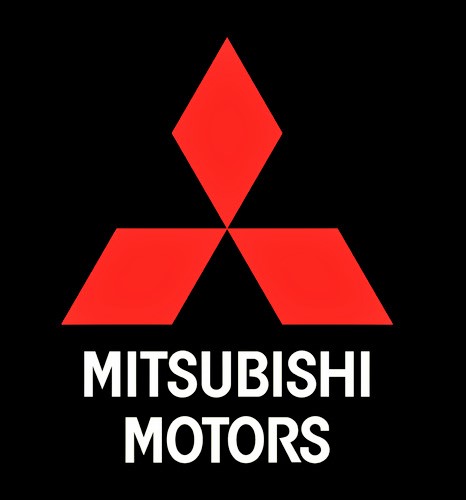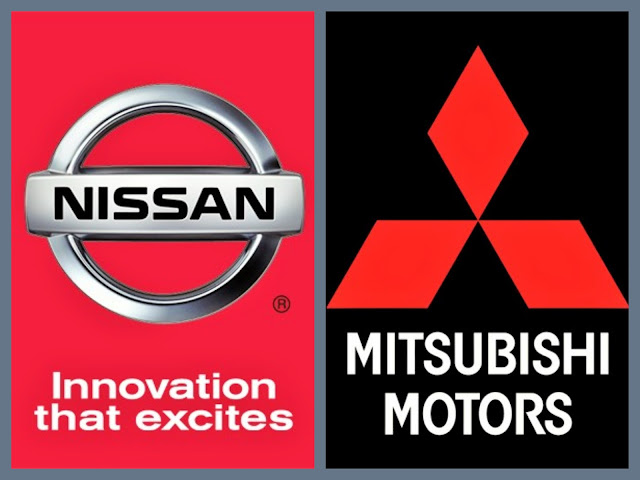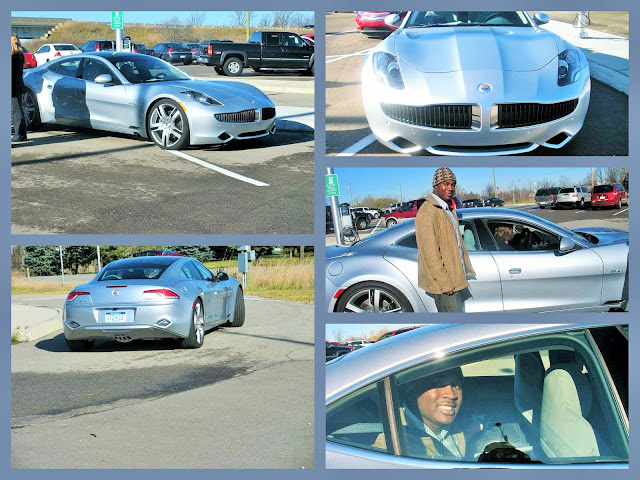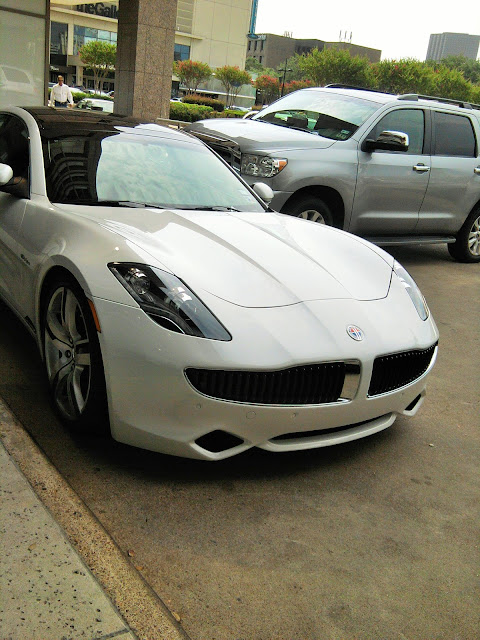It’s
definitely not a secret that blind-spots can be a major weak spot in any car,
especially bigger ones, and they can be a real hindrance to us while driving.
Not seeing something at the appropriate time can cause us to run into
situations that otherwise could have easily been avoided… Literally! In
recent years, we’ve seen a sharp increase in automakers offering all sorts of
high-tech safety features on cars in an effort to both move the market towards
an autonomous driving future, and to provide an extra security net for even the
safest drivers. Of course, those features include blind-spot monitoring
systems and others such as Honda’s Lane Watch system, which will give you a
view of what’s on the passenger-side when you switch on your turn signal to
change lanes. BUT WAIT! That’s fancy and all, but what if I told you that it
isn’t necessary to have many of these features to drive safely or eliminate
blind-spots? GASP!!! Well catch your breath, because we’re about to take a
moment and find out just how this is possible, simply by adjusting your outside
mirrors to an appropriate angle.
I should note: These adjustments may not feel natural immediately for every driver. Therefore, try these
adjustments for yourself and see how you feel driving after making them. Then, you can
make further adjustments accordingly. Many of these suggestions I was taught in
my driver’s training class, and you’d be
amazed at just how much knowledge you can also gain from a simple Google search.
Society of
Automotive Engineers
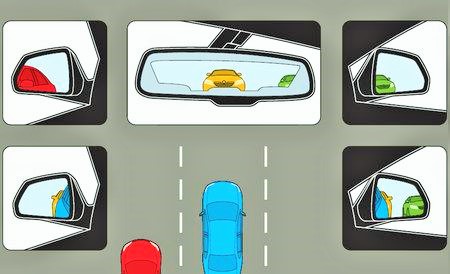 |
| This diagram shows the various angles you can set your side mirrors at and the resulting view you'll get. |
In 1995, well before the modern era
of high tech driver-assistance systems, the Society of Automotive Engineers
(SAE) published their thoughts on how blind-spots could be nearly eliminated.
In their findings, they reported that adjusting your mirrors to the far outside
allowed drivers to see around the rear corners of their vehicle better, thus
better eliminating any unseen surprises. This also reduces the need for drivers
to constantly check over their shoulders they say whenever they’re changing
lanes. Debatable, but yet, I can see the logic applied there too. My thoughts:
Always, always, ALWAYS check not just once, but twice or MORE over your
shoulder before you switch lanes or execute a turn (look left, right, and left
again, in the words of my driving instructor).
While this
has turned out to be quite a useful method to employ for many, there are some
drivers who have reported having a hard time adjusting to the new mirror
settings and like seeing their car in their side mirrors. Personally, I think
that using the SAE method has worked wonderfully in my daily commutes, and I
have yet to have a close call due to the fact that a car was in my blind-spot
and I missed seeing it. So I recommend to every driver out there to at least
give these adjustments a shot! My driver’s training instructor, Mr. Bo, was
sure to “drive it home to us” (sorry, I had to) that leaving our mirrors
adjusted in a way that allows you to always see what’s going on behind or beside
you will save you hundreds and even thousands in insurance and other accident
fees. So while the “old way” may be comfortable, the newer way may just save
you more headaches in the long run and allow you to look at how perfectly
undented your car is from ALL angles, and not just your side mirrors. Sounds
like a good deal to me! And remember: No amount of driver-assistance technology
beats the safety of PAYING ATTENTION at ALL times while driving!
| Our 2013 Buick Regal has one of the worse over-the-shoulder blind-spots I've ever seen in a car. |

